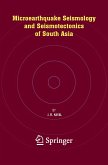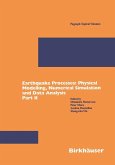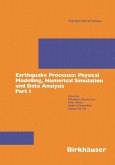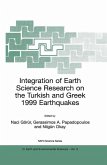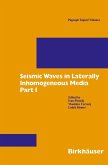The topics covered in this book encompass the principl results of field investigations, analyses of meso-scale and micro-scale textures and structures, laboratory experiments, chemical analyses, conceptual fault models, as well as the implications of fault related pseudotachylyte an its related fault rocks for our understanding of earthquakes. We hope that this book helps to bridge the gap between seismology and geology and that it encourages further studies of earthquake and seismic faulting processes.
Dieser Download kann aus rechtlichen Gründen nur mit Rechnungsadresse in A, B, BG, CY, CZ, D, DK, EW, E, FIN, F, GR, HR, H, IRL, I, LT, L, LR, M, NL, PL, P, R, S, SLO, SK ausgeliefert werden.
From the reviews:
"The book by Professor Lin provides an overview of the current understanding of fault-related pseudotachylytes. The overview is based on a comprehensive examination of the literature and on the experience of the author ... . It will be helpful for students and researchers involved in the new era of pseudotachylyte research, which relies more and more on high-velocity friction experiments." (Olivier Fabbri, The Journal of Geology, Vol. 116, 2008)
"The book by Professor Lin provides an overview of the current understanding of fault-related pseudotachylytes. The overview is based on a comprehensive examination of the literature and on the experience of the author ... . It will be helpful for students and researchers involved in the new era of pseudotachylyte research, which relies more and more on high-velocity friction experiments." (Olivier Fabbri, The Journal of Geology, Vol. 116, 2008)



